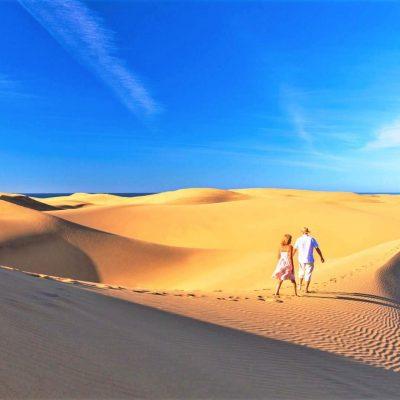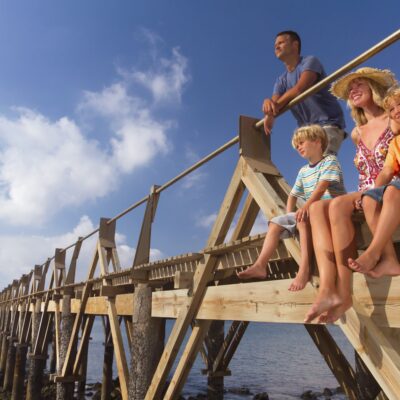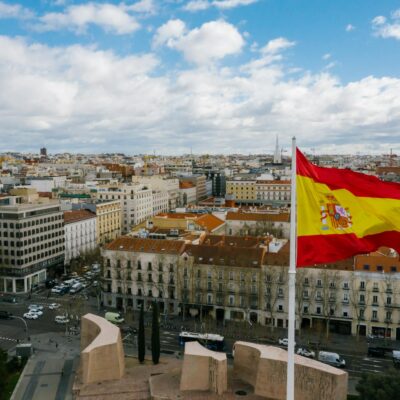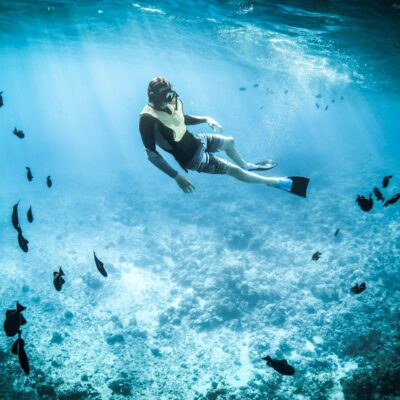Tenerife is one of those places that captures you instantly. With its volcanic landscapes, year-round sunshine, vibrant culture, UNESCO sites, and fascinating history, it’s easy to see why millions of visitors fall in love with the island every year. As the largest and most populated of the Canary Islands, Tenerife blends nature, tradition, beaches, and adventure into one unforgettable destination.
Where Is Tenerife?
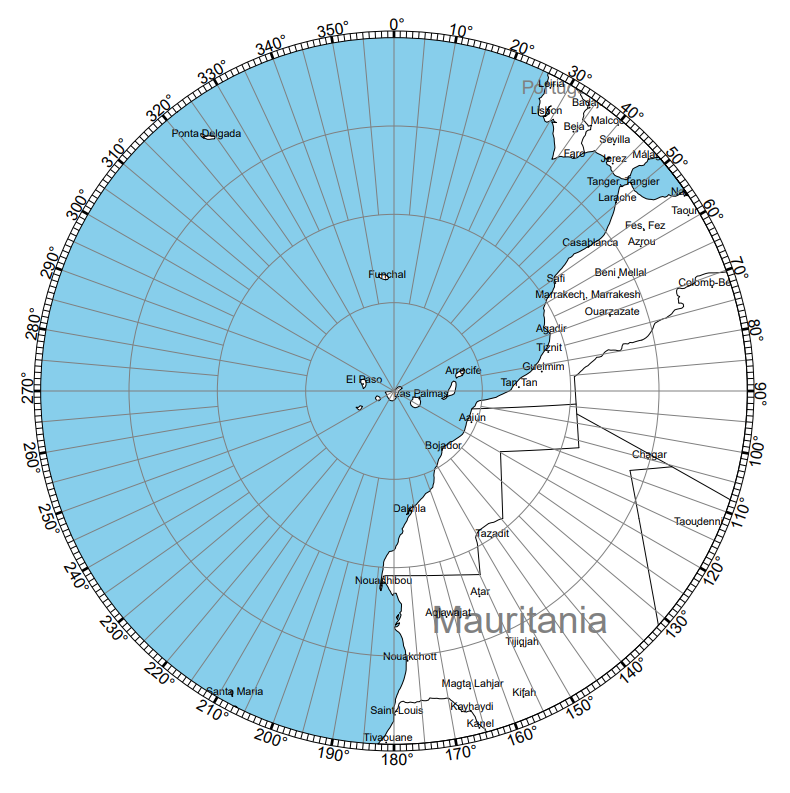
Tenerife is located in the Atlantic Ocean, just off the northwest coast of Africa. Although it sits geographically closer to Morocco than to mainland Spain, the island belongs to Spain and is part of the European Union. This special position gives Tenerife the best of both worlds: European standards and infrastructure combined with subtropical weather and dramatic African-influenced landscapes.
On the map, Tenerife lies almost directly west of the Western Sahara and south of Madeira. Its strategic location has shaped its history, climate, and multicultural identity for centuries.
How Big Is Tenerife?
Tenerife covers an area of approximately 2,034 km² (785 sq miles), making it the biggest island in the Canary archipelago. Despite its size, the island is remarkably easy to explore—driving around its perimeter takes only a few hours.
The island’s landscapes are incredibly diverse for such a compact territory. Within a single day, you can go from black-sand beaches to pine forests, from lush laurel woodlands to volcanic deserts, and finally reach the snow-capped peak of Mount Teide.
For comparison, Tenerife is slightly smaller than Luxembourg and roughly similar in size to small island nations like Comoros. Its population, however, surpasses 900,000 residents, making it the most populated island in all of Spain.
The Capital of Tenerife
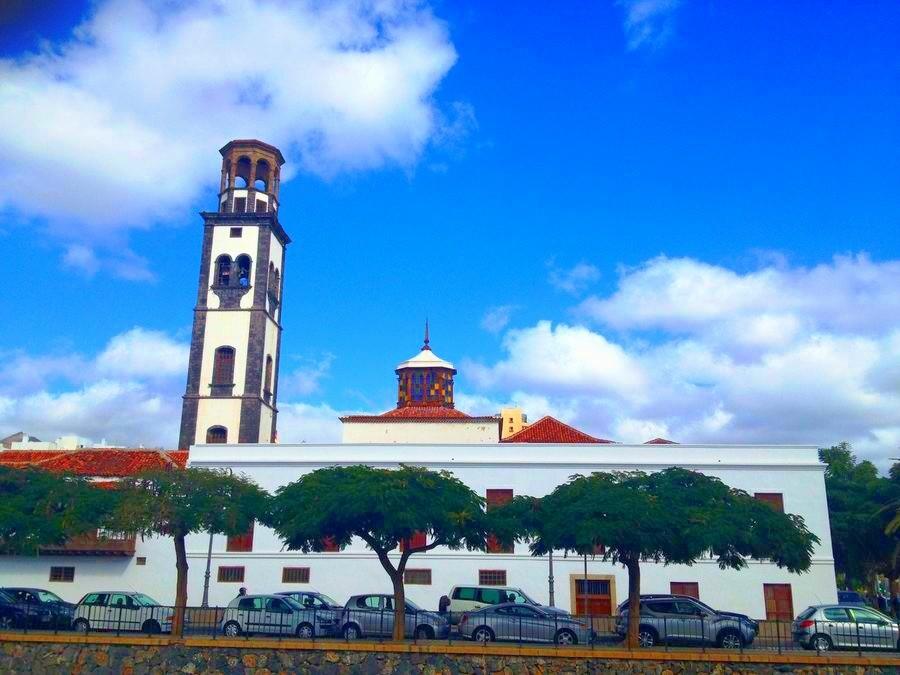
The capital city is Santa Cruz de Tenerife, located on the northeast coast. It’s a lively, modern, and culturally rich city known for its plazas, parks, museums, and coastal scenery. Santa Cruz is also famous for hosting one of the world’s largest Carnival celebrations, drawing visitors from all over the globe.
The city is within comfortable driving distance from the major tourist hubs of the south, such as Playa de las Américas and Los Cristianos—usually a 45–50 minute drive via the TF-1 motorway. This makes it easy for travelers to explore the capital on a day trip.
What Continent Is Tenerife In?
Geographically, Tenerife is part of the African continent because of its proximity to the African coastline. Politically and culturally, however, it is European, as it forms part of Spain and follows Spanish and EU laws, currency, and administrative systems. This combination creates a unique identity that blends influences from many regions around the world.
Airports in Tenerife
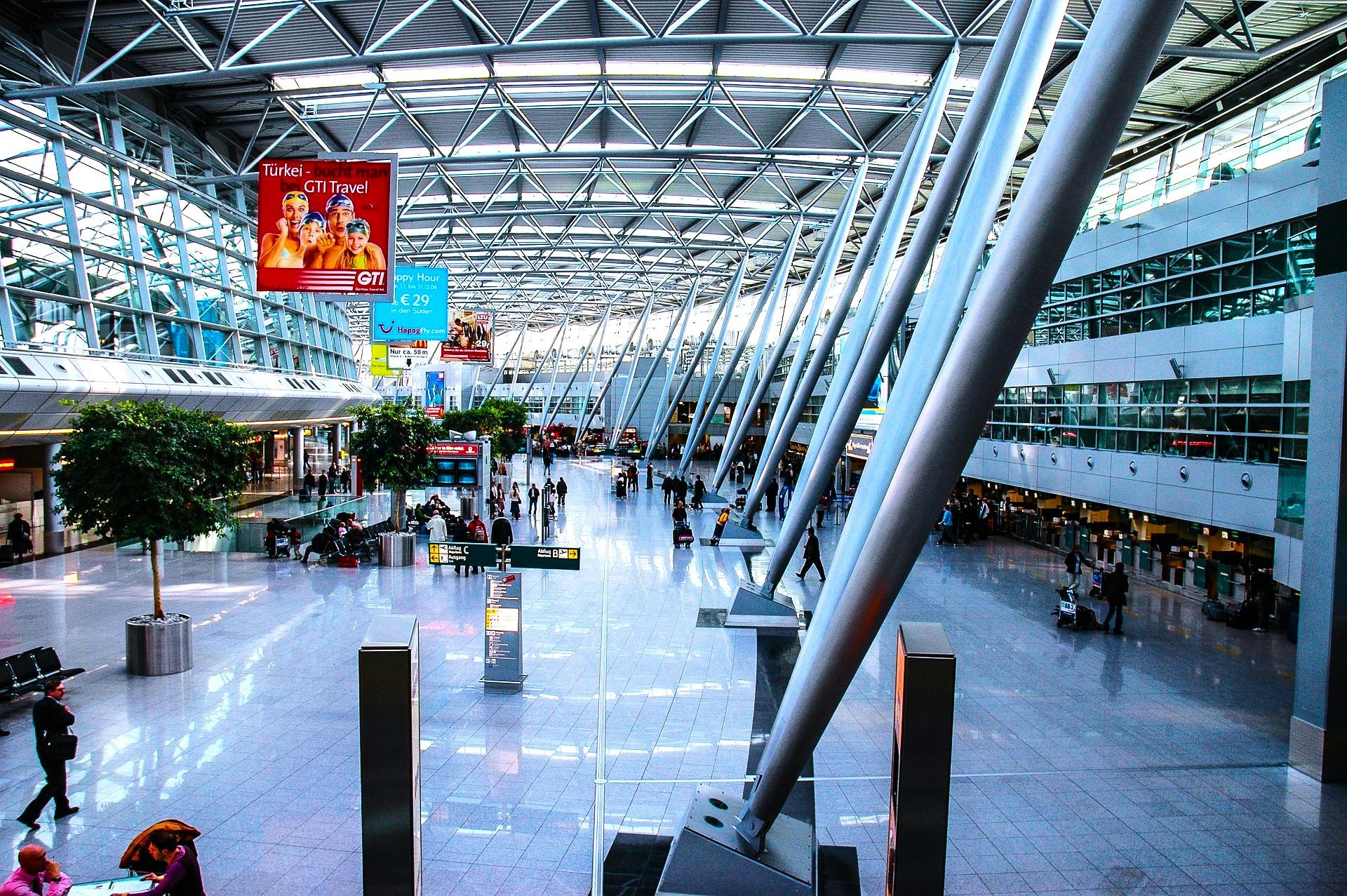
Tenerife has two major airports, each serving different types of travelers:
- Tenerife South Airport (TFS) – The busiest airport, used mainly by international tourists. It sits close to the southern resorts, making transfers convenient and fast.
- Tenerife North Airport (TFN) – Located near La Laguna, this airport focuses mainly on domestic and inter-island flights.
With two airports on opposite ends of the island, visitors can reach almost any part of Tenerife with ease.
The Island’s Geography and Natural Wonders

Tenerife’s landscapes are unlike anywhere else in Europe. The island is dominated by the powerful silhouette of Mount Teide, a volcanic peak rising 3,715 meters (12,188 ft) above sea level. This makes Teide the highest mountain in Spain and the third largest volcano in the world when measured from its base on the ocean floor.
Mount Teide and its surrounding national park form a UNESCO World Heritage Site, attracting millions of visitors each year. The park’s volcanic plains, lava flows, and unique flora make it feel like walking on another planet.
The Anaga Mountains
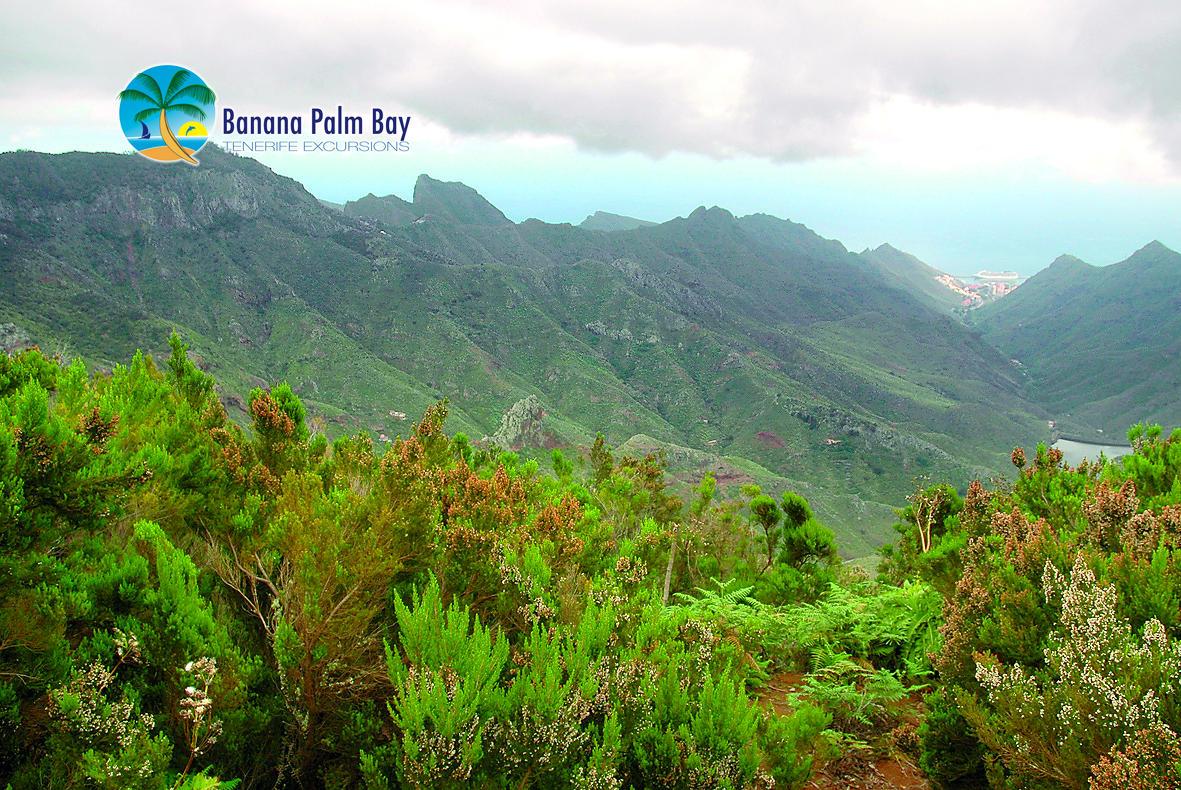
In the northeast lies the Macizo de Anaga, a UNESCO Biosphere Reserve known for its ancient laurel forests, dramatic cliffs, and some of the island’s oldest geological formations. The region is famous for its hiking routes and charming rural villages.
Beaches and Coastline
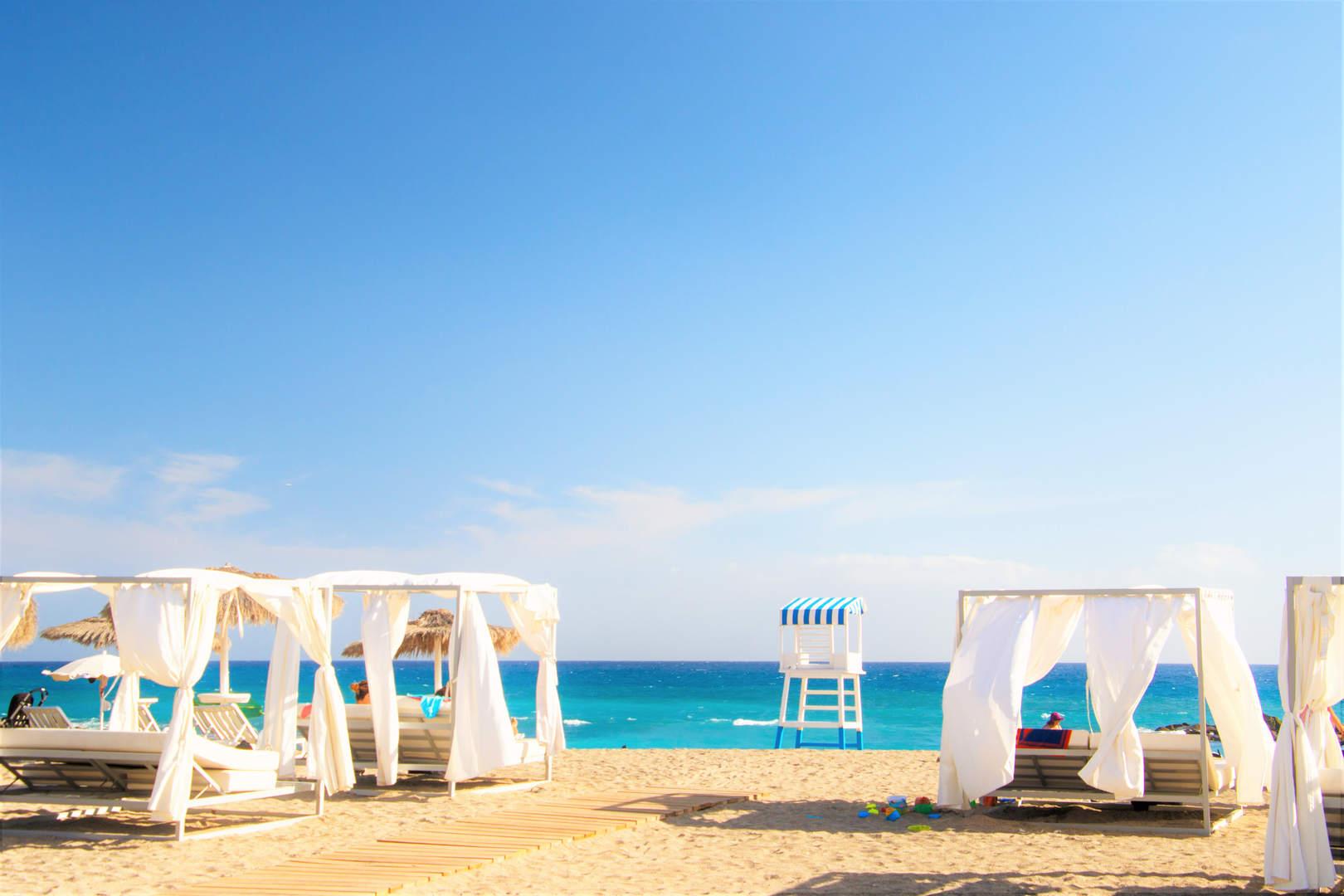
Tenerife boasts a coastline of over 340 kilometers, with around 67 kilometers dedicated to beaches. One remarkable feature is the contrast between the dark volcanic sands of the north and the lighter, golden sands found mainly in the south.
Popular Beaches
- Playa de Las Teresitas
- Playa Jardín
- Playa del Duque
- Playa La Arena, Playa Benijo, Playa de Almáciga
The island also features natural pool formations, rocky coves, and dramatic cliffs—most famously the Cliffs of Los Gigantes, which rise up to 600 meters above the sea.
Climate: Eternal Spring
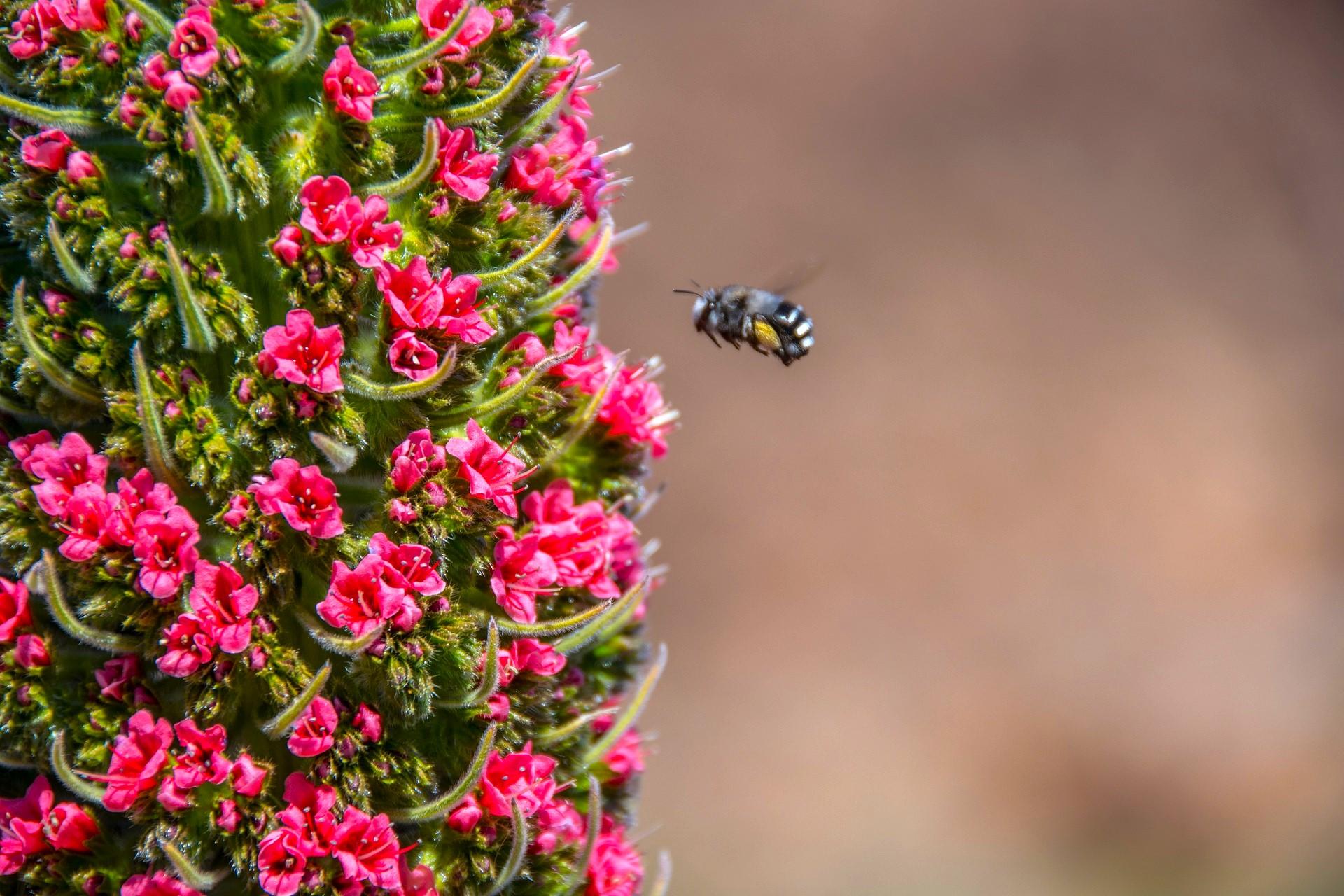
Tenerife is often called the island of “eternal spring,” thanks to its mild subtropical climate. Temperatures stay pleasant throughout the year, usually between 18°C and 26°C. The south is sunnier and drier, while the north tends to be greener and slightly cooler.
A Glimpse Into Tenerife’s History
The earliest known inhabitants were the Guanche people, who arrived around 200 BC. They lived in isolation for centuries, developing distinct cultural traditions and social structures.
The Spanish Conquest
The Spanish conquest began in the late 15th century. Tenerife resisted longer than the other Canary Islands, with major battles occurring around 1494–1496. Eventually, the island was integrated into the Kingdom of Castile.
A Crossroads of Cultures
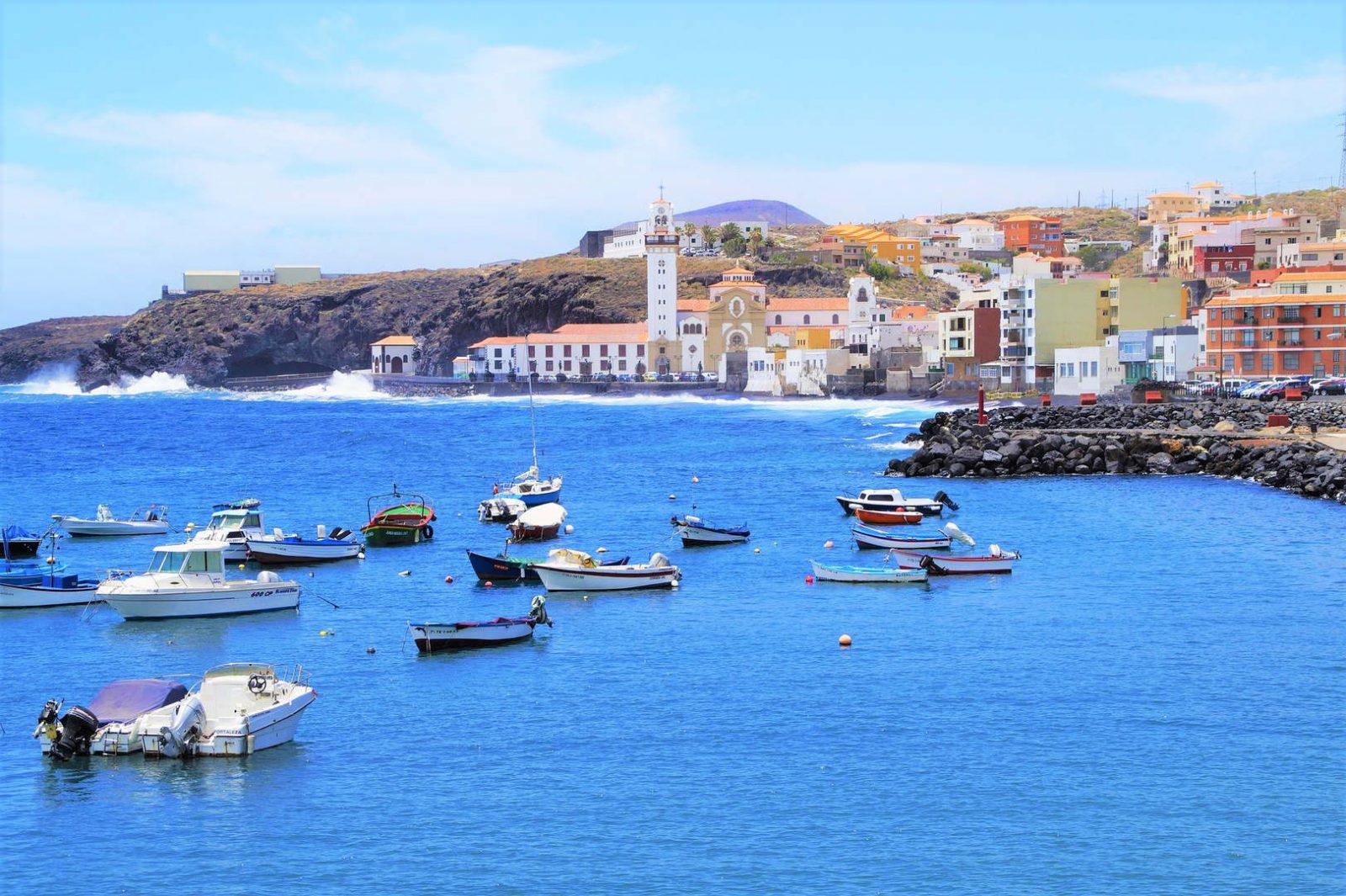
The island’s history is deeply tied to Atlantic trade routes, with cultural exchanges between Tenerife and Latin America shaping language, food, and customs.
Towns and Villages to Explore
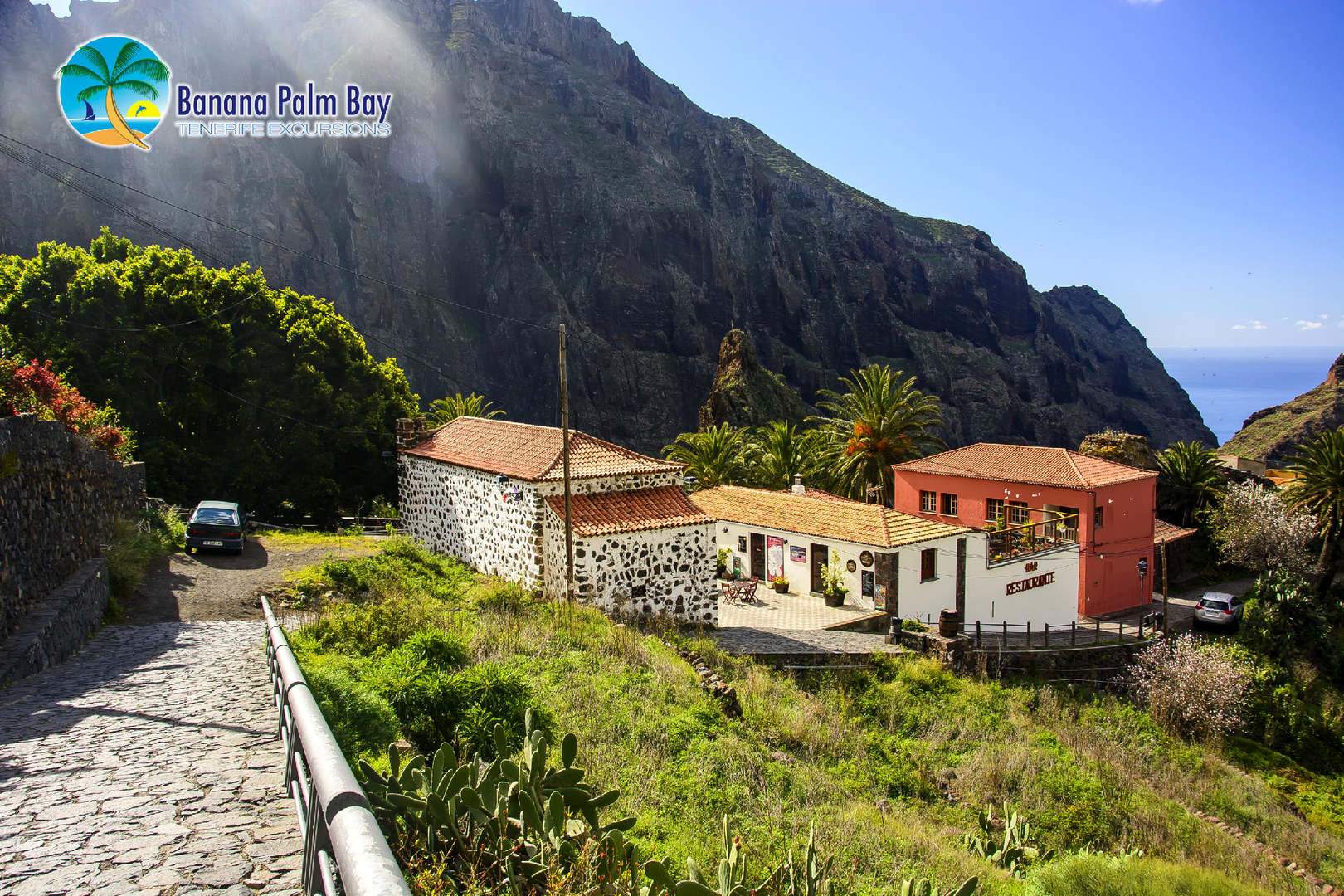
- La Laguna – UNESCO World Heritage Site.
- La Orotava – Traditional Canarian architecture.
- Garachico – Rebuilt after the 1706 volcanic eruption.
- Masca – Mountain village with iconic views.
- Vilaflor – Highest village in Spain.
Hiking and Outdoor Experiences
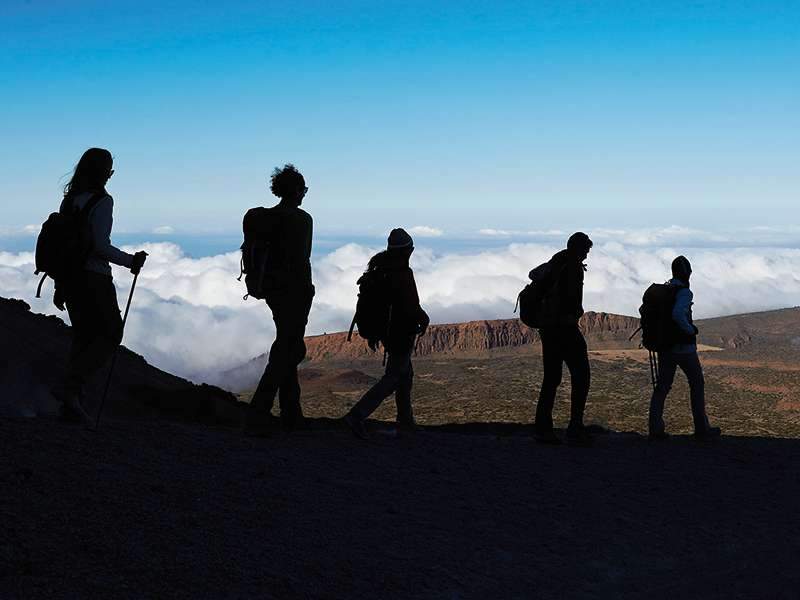
The island offers trails across Anaga, Teno, Teide National Park, and numerous coastal routes. Around 46% of Tenerife is protected natural space.
Gastronomy: Flavors of the Island

- Papas arrugadas with mojo sauces
- Fresh Atlantic fish
- Gofio
- Goat cheeses
- Local wines
Tenerife’s cuisine reflects its volcanic soil, Atlantic location, and centuries of cultural blending.
Today, Tenerife blends modern tourism, rich heritage, spectacular nature, and warm hospitality into one of Europe’s most beloved destinations.




